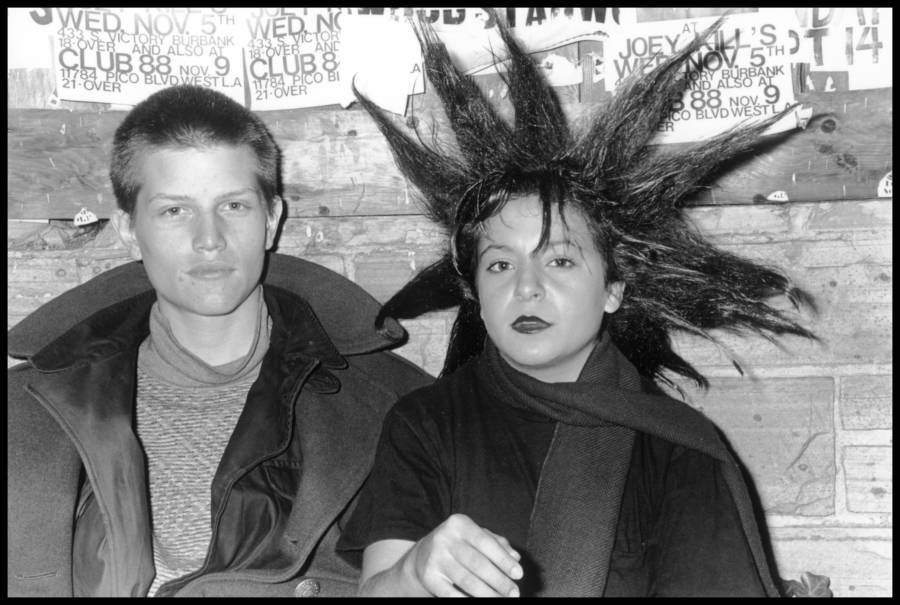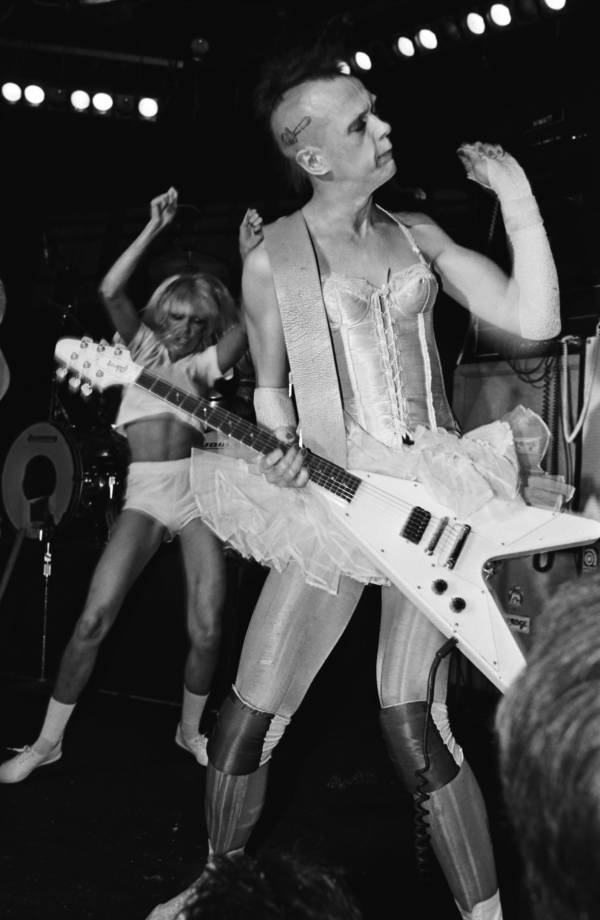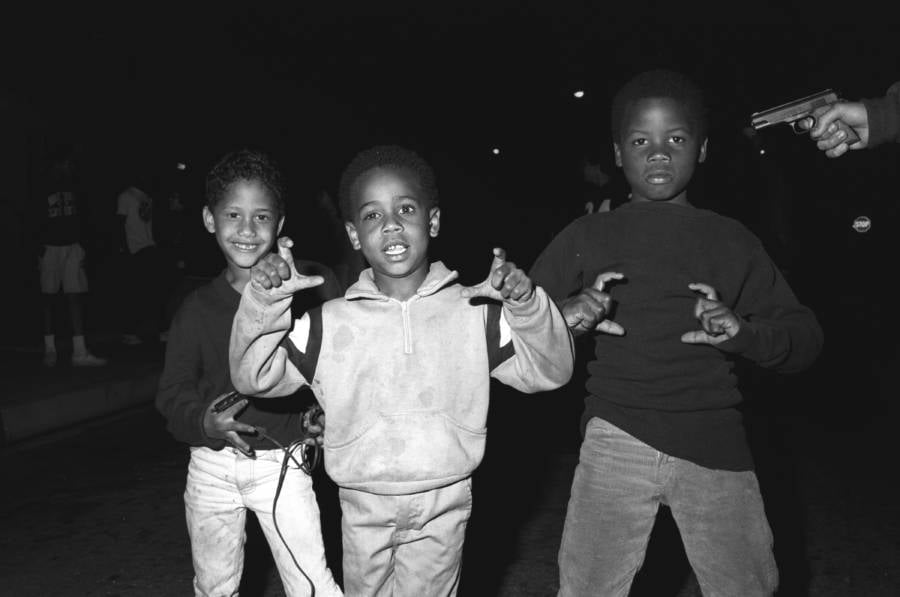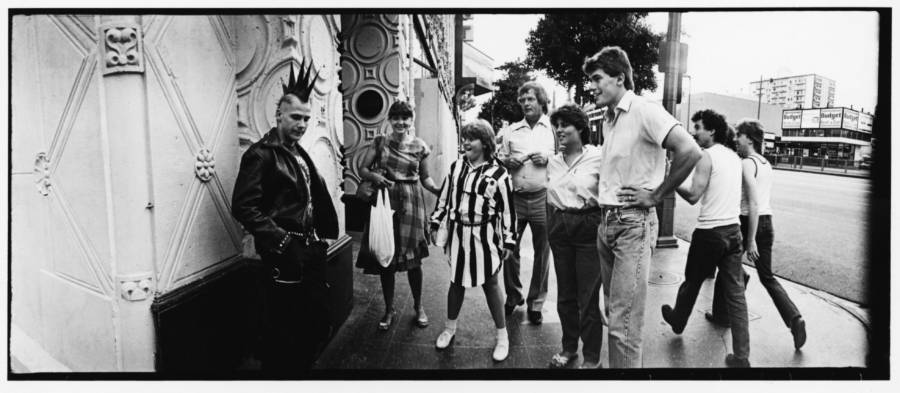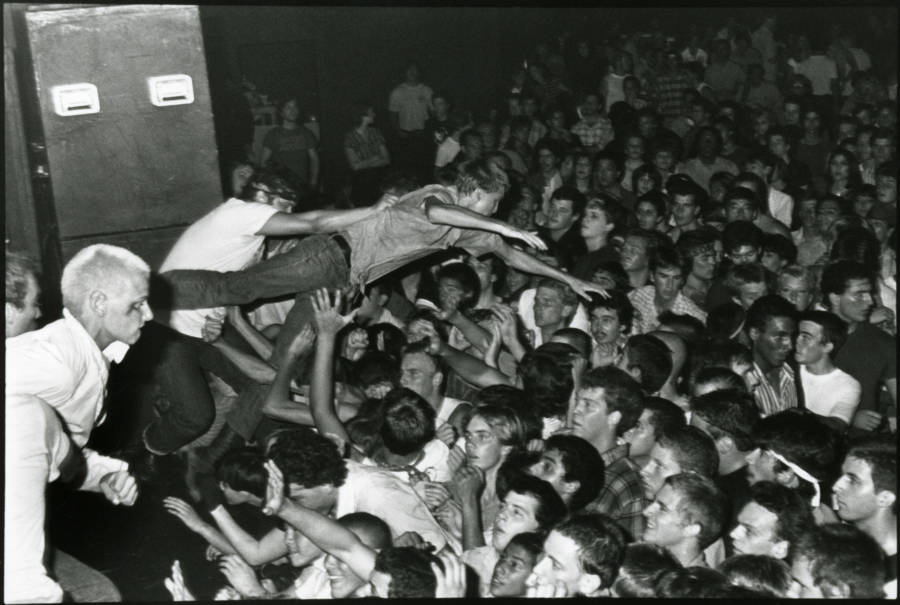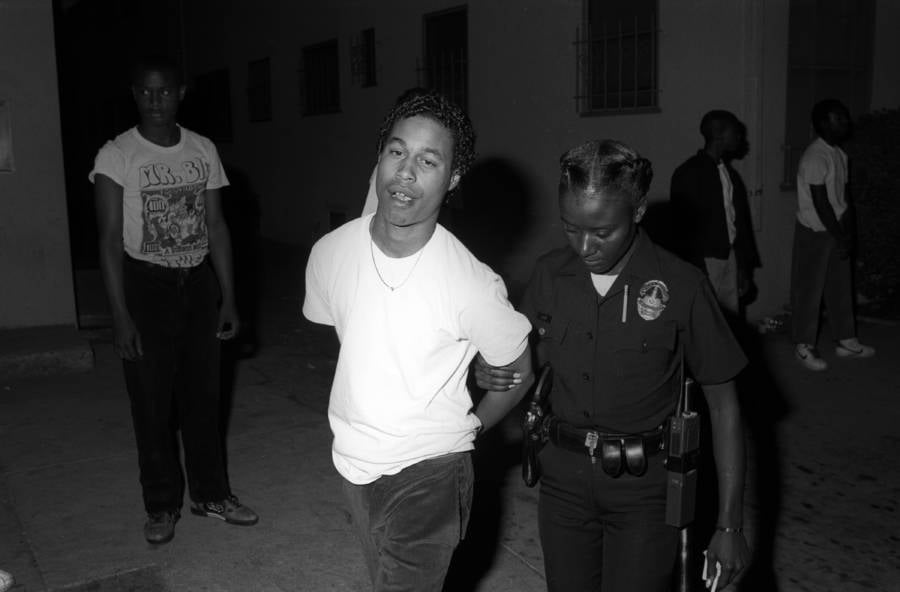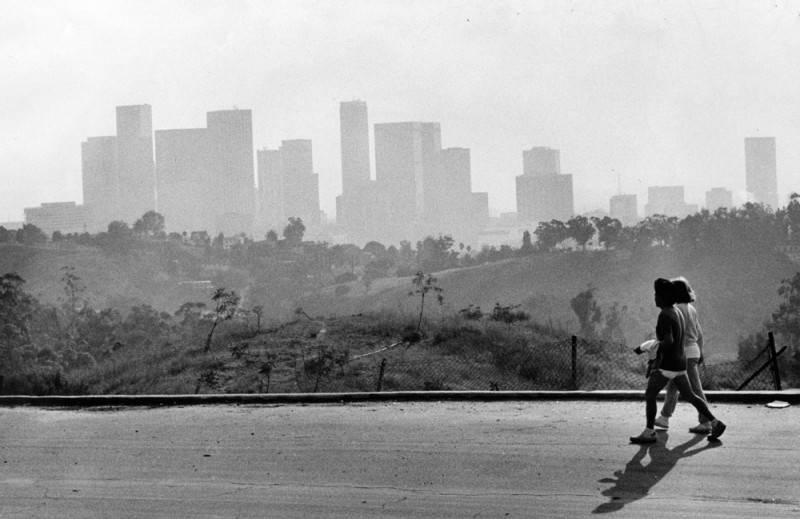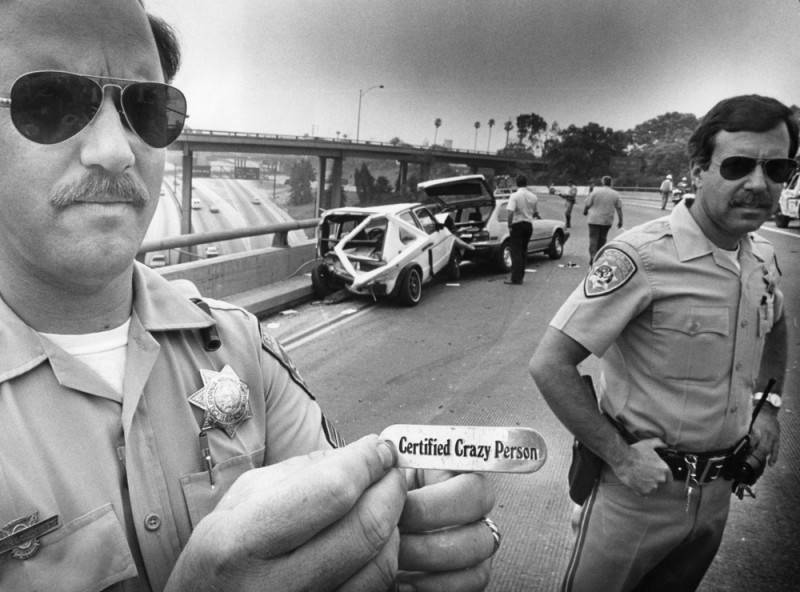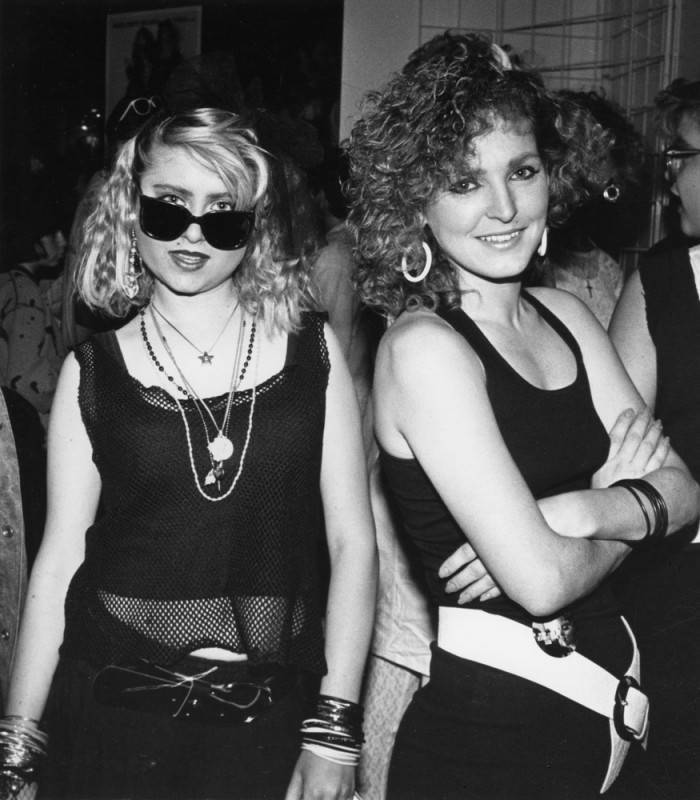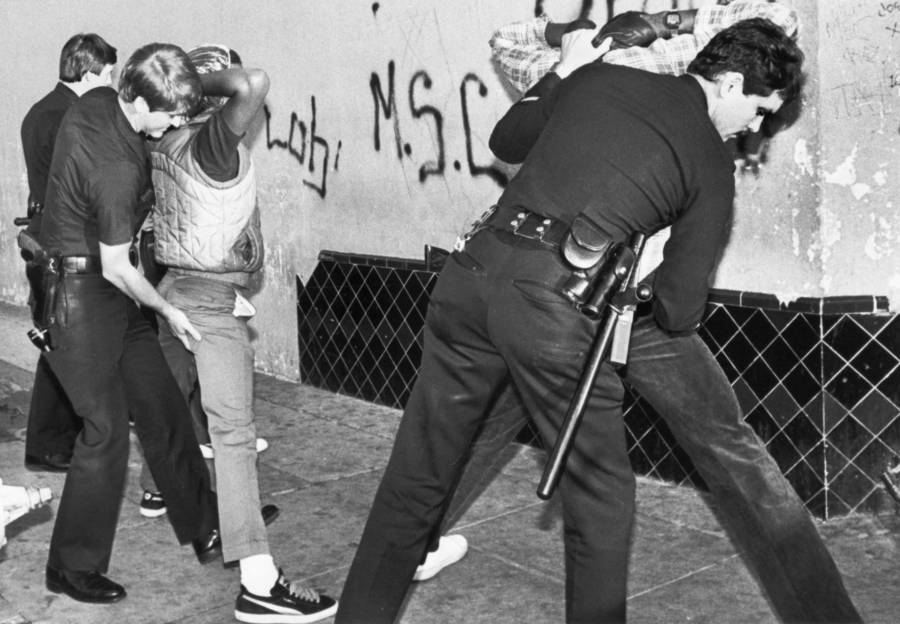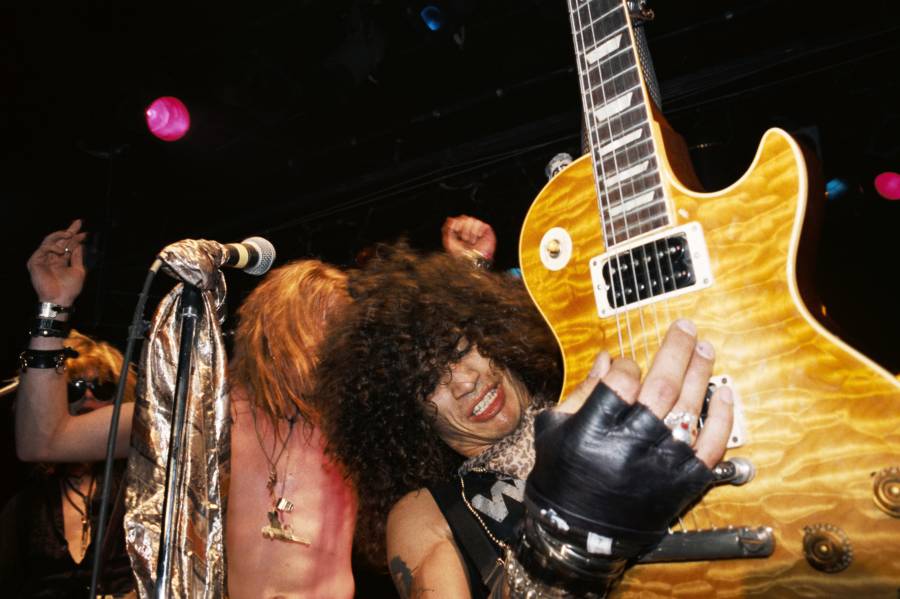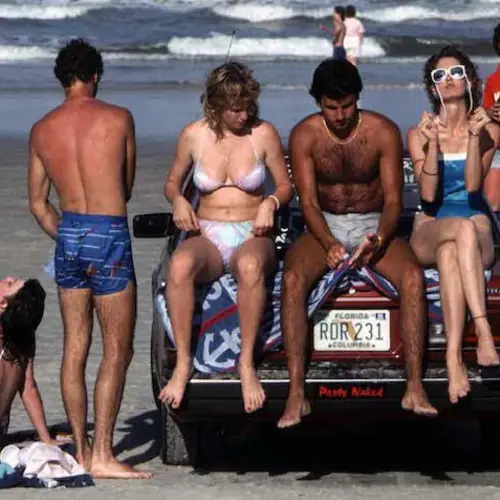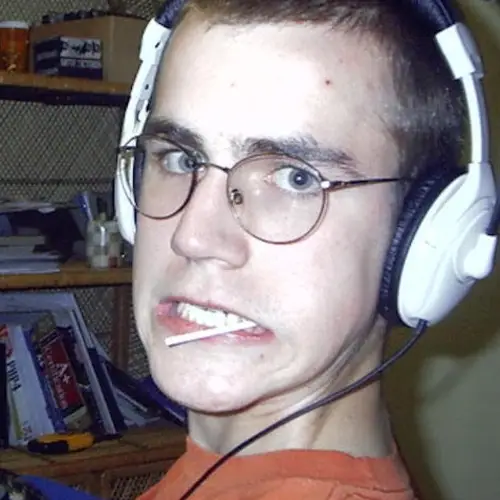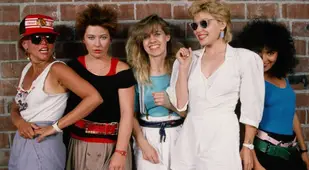There was no shortage of cheap thrills in the 80s — and if you wanted to find them, Los Angeles was the place to be.
There's no doubt that the 1980s in the United States were a decade of decadence and grandeur.
The 1970s served as a marker of a major cultural shift as the status-quo in terms of gender dynamics, sexuality, and race was questioned and tested which then created the overwhelming cultural boom of the 80s.
The 1980s brought outlandish subcultures to the mainstream like the drag scene, as well as the birth of over-the-top big business (think Wolf of Wall Street), and at the same time the decade was met with issues of poverty and violence.
Perhaps the best way to truly understand what the 1980s looked like and what the decade was all about is to examine it through the scope of a major urban American city — and one of the best cities to do just this is sunny Los Angeles. The West Coast city is one of the most diverse cities in the United States and as such can best represent what one major metropolis experienced.
Because Los Angeles is so spread out, it fostered a blossoming of different subcultures and movements, each with its own pocket within the metropolis.
For rock n' roll musicians and fans, Sunset Boulevard was the place to be. Commonly referred to as the Sunset Strip, this stretch of street was filled with no shortage of popular nightclubs and performance venues that hosted some incredible rock bands.
Places like the Whisky a Go Go became world-renowned for their high-caliber lineups. The celebrities who went there to party were just as top-tier as the artists they went to see.
At the same time, the punk rock scene also found its way into the music nightlife scene in the City of Angels. Though the scene was not as expansive as it was in New York City at the same time, punk rockers still went out and made a statement with both their anti-establishment music and anti-establishment appearances.
Whether someone was more rock n' roll or more punk, both of these music scenes made a huge splash in the 80s. The passion of that desire to be different and rebel was a common theme amongst all the different movements which came to dominate the decade.
Another subculture that became fully realized in the 80s was skateboarding. Surfing and California had already become synonymous and that sport found its place on land in the form of a skateboard.
Skateboarding is and of itself a rebellious act. A skateboarder risks bodily harm for the sake of doing something that's seemingly impossible. Plus the sport was different and the very fact that it was so different turned the act into a full-blown lifestyle.
The desire to rebel and break free was also met with alcohol and drug abuse. In a city like Los Angeles, where one has to drive to get anywhere due to a lack of an effective public transportation system, this meant that the metropolis saw its share of drunk driving incidents.
Drug use also was rampant throughout the United States and was concentrated in major cities like L.A. In response to this increase in drug and alcohol abuse, programs were created to attempt to curb it.
One such program was the Drug Abuse Resistance Education Program, also known as DARE. The program actually started in Los Angeles in the early 1980s and was spearheaded by the city's police chief at the time, Daryl Gates.
Although the program wasn't exactly an effective one, its presence was significant. It signaled that there was an opposition to the drug indulgence that was rampant in the 80s. But as is common with large cities, there's not only cultural diversity but economic diversity as well. And sadly, due to the history of racism in the United States, those that lived in low-income communities and in poverty were more often than not minority groups.
The city was still recovering from the major change that was the civil rights movement and race relations were still incredibly tense at the time. That tension paved the way for violence, specifically gang violence, to become rampant in minority neighborhoods.
The two major rival gangs were the Bloods and the Crips. In the whole of the 80s, an estimated 30,000 Bloods and Crips called Los Angeles their home. These two rival gangs were very aggressive towards one another and their feuds resulted in police crackdowns that dominated the 80s in Los Angeles. Gang members were constantly arrested in an effort to curb the violence that they spurred.
Law enforcement became more aggressive as a result of this violence — and consequently, more aggressive towards minority groups. The police in Los Angeles truly became militant, which also hindered race relations that lasted well into the coming decades.
With all of these moving parts and so many more, life in Los Angeles in the 1980s was anything but boring and simple.
Next, read about how the gangster Mickey Cohn dominated Los Angeles. Then, check out the story of the Cecil Hotel — the most haunted hotel in the city of Los Angeles.
